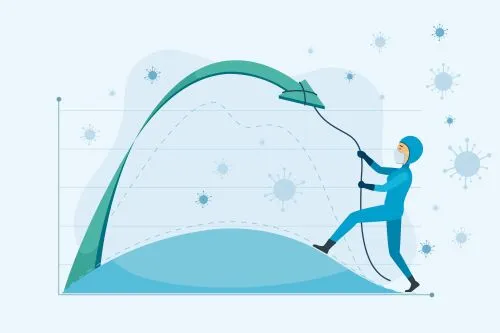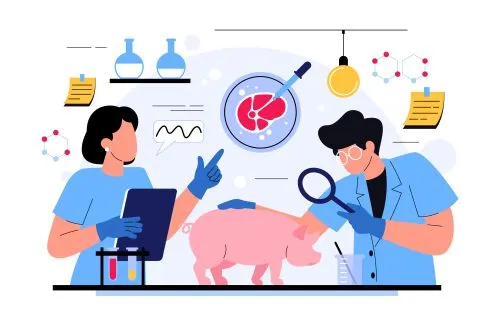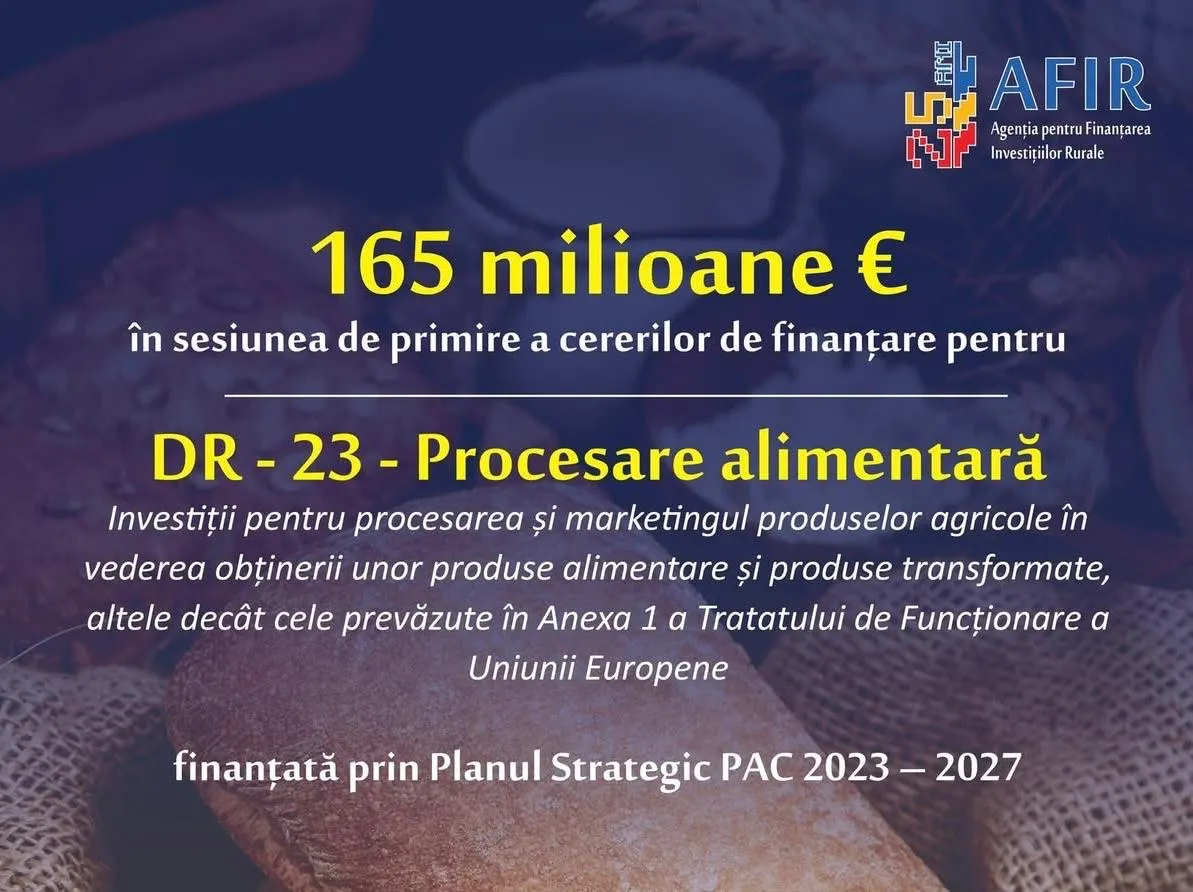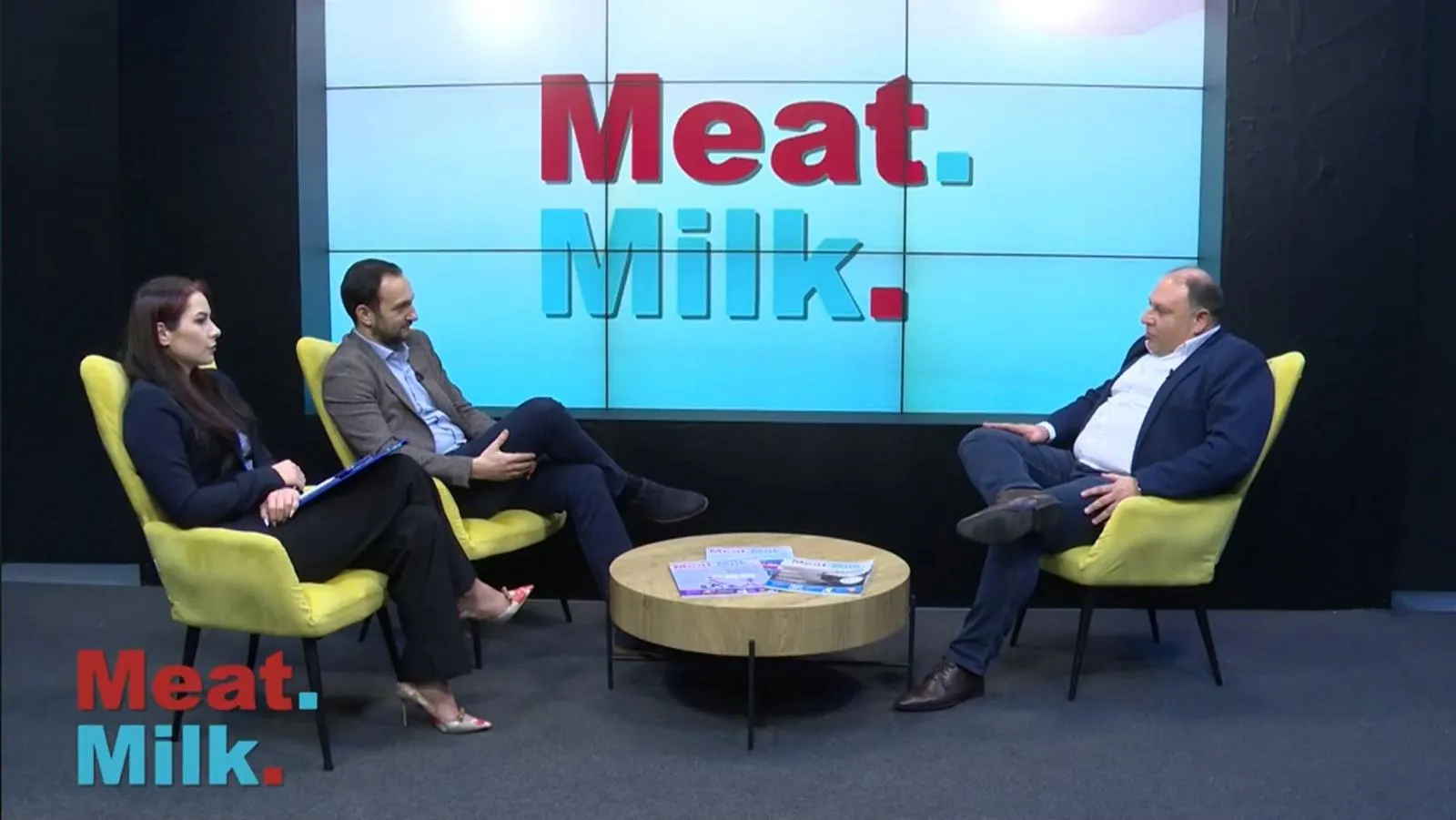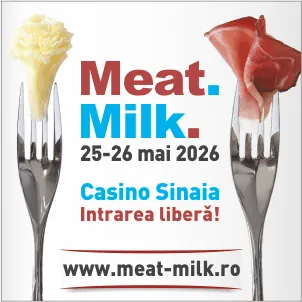965
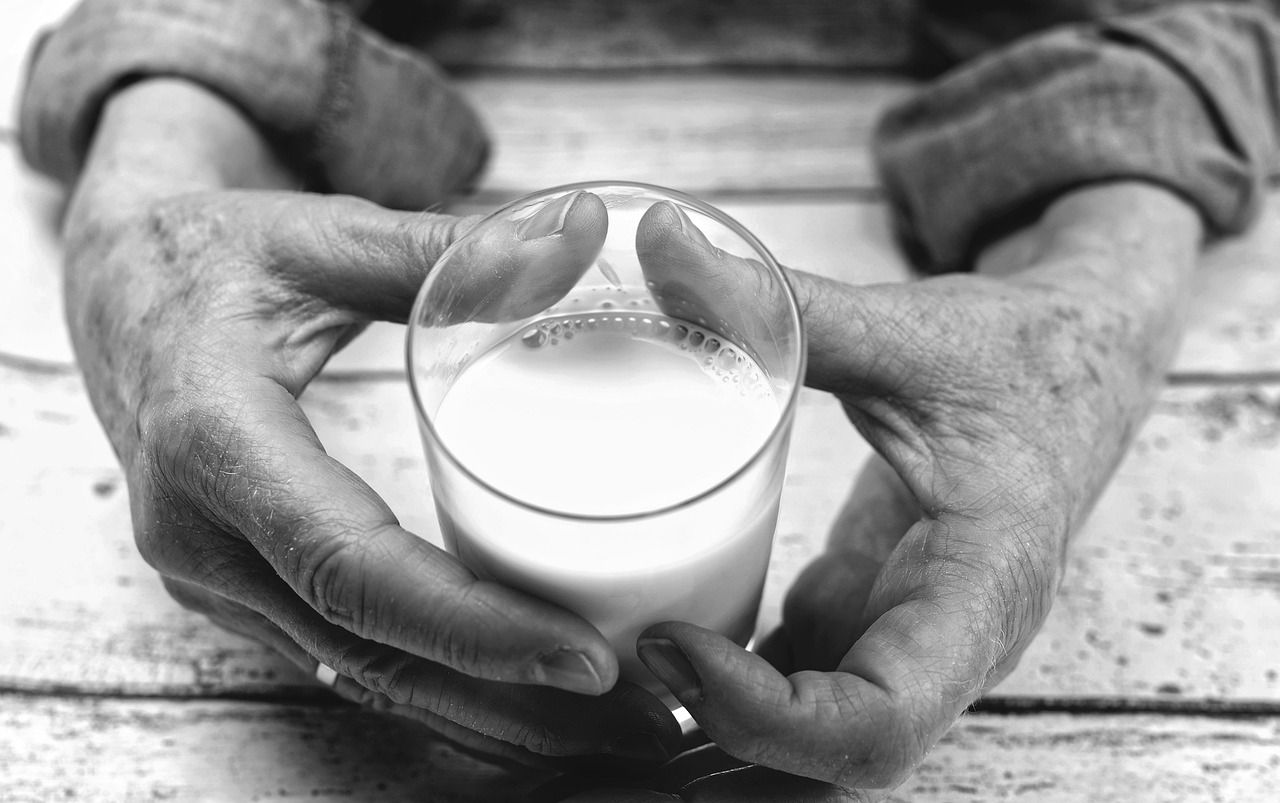
Romania’s Dairy Sector: Real Challenges and Pathways to Performance
1. Current Situation: Declining Production, Rising Imports
Between 2014 and 2023, Romania’s cow’s milk production dropped by around 12%, driven by a decline in the number of farms and herd sizes, as well as intensifying competition from imports.
In 2024:
- The quantity of milk collected domestically by processing units increased by 4.6% compared to 2023, reaching 1.26 million tonnes.
- Raw milk imports surged by 38.7%, totalling 159,800 tonnes.
- Romania accounts for just 0.8% of total EU milk production, with an average yield of 3,425–5,500 kg per cow/year — far below the EU average of 7,791 kg/year.
2. Modernisation and Digitalisation – A Gap with Western Europe
Only 15–18% of commercial farms in Romania use automated milking systems, and fewer than 10% have microclimate monitoring technologies.
By contrast, countries such as Germany, the Netherlands, and Denmark have widely adopted:
- Digital herd management systems
- Automated ventilation
- Precision feeding and nutrition control
3. Global Trend: Automation and AI in Dairy Farms
Worldwide, 2025 is seeing accelerated adoption of:
- Robotic milking systems
- Artificial intelligence for quality control
- Sensors for contamination detection
- Predictive maintenance systems
These technologies can cut labour costs by up to 60%, with investment payback achieved in 5–7 years.
4. Domestic Demand and Export Prospects
Consumption of dairy products in Romania has grown by an average of 5.8% per year since 2019, while dairy production has increased by 5.9%.
However, the trade balance remains negative: Romania has consistently imported more milk and dairy products than it exports, a deficit persisting since 2011–2022.
5. Challenges and Strategic Directions
Key challenges include:
- Low productivity per cow
- Fragmented farm structure dominated by small-scale producers
- Limited access to modern technology and skilled workforce
6. Concrete Solutions for 2025–2030
- Technological Modernisation – Robotic milking, digital herd management, IoT sensors for microclimate and nutrition.
- High-Performance Breeding Programmes – Importing semen from high-yield EU breeds, selective breeding for productivity and health.
- Better Access to EU Funding – Leveraging PNDR 2023–2027 and DR 20/DR 22 measures for digitalisation, animal welfare, and emission reduction.
- Capitalising on Local Markets – Developing artisanal, organic, traceable products for export to the EU and Middle East.
- Farm Consolidation – Encouraging cooperative clusters, increasing farm sizes, and professionalising management.
7. Conclusion
Romania’s dairy sector holds significant potential but remains hindered by small, semi-intensive farm structures. Achieving competitiveness and self-sufficiency requires:
- Investment in modern technology and digitalisation
- Higher productivity per cow
- Reduced reliance on imports through expanded domestic capacity
- Targeted export growth with value-added products
(Photo: Freepik)
